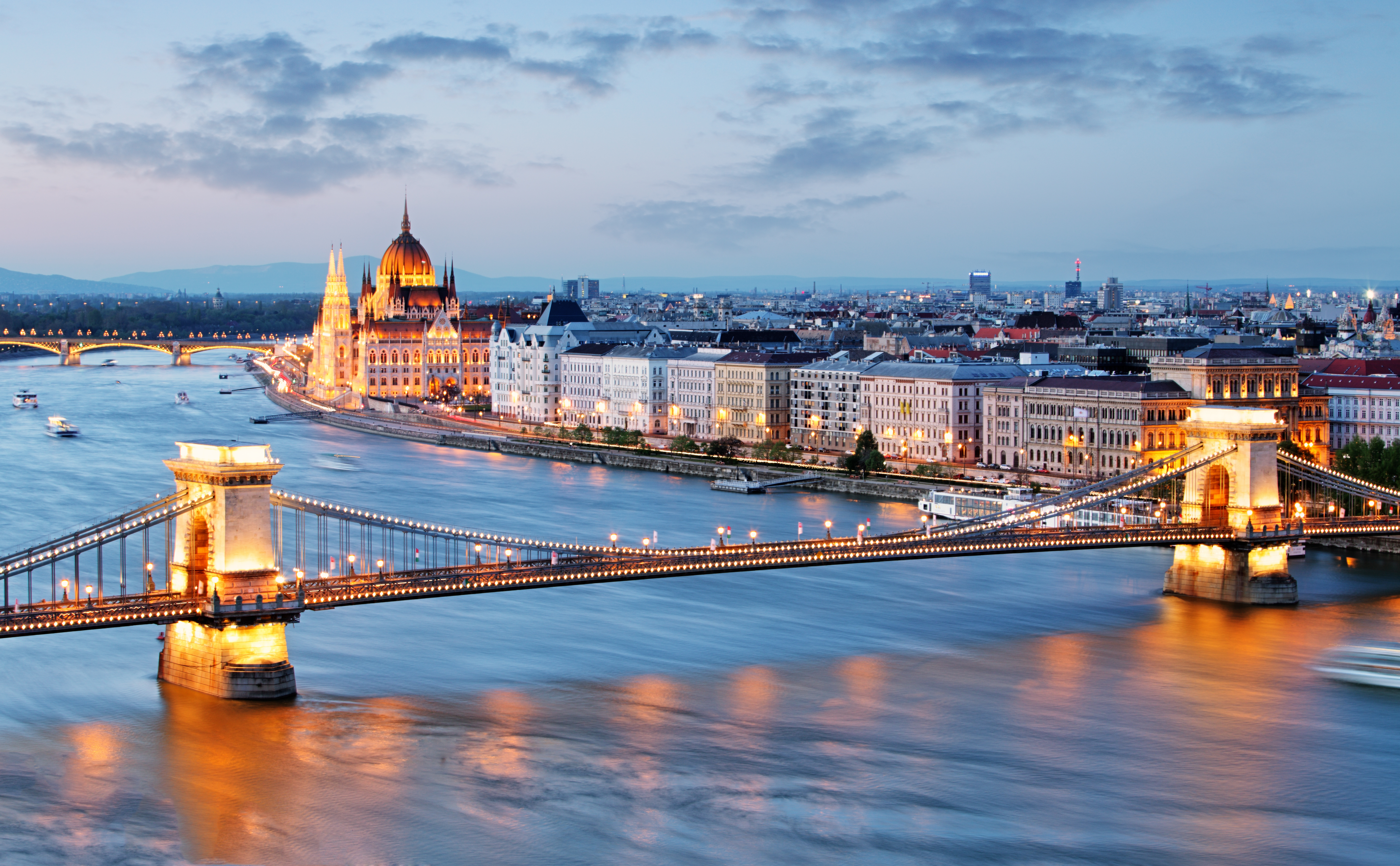Leef waar je wilt
Blader op type onroerend goed

Studio

2 slaapkamer appartement

Enkele in meerdere bedden slaapkamer in 5 slaapkamer appartement

Enkele in meerdere bedden slaapkamer in 5 slaapkamer appartement

Enkele in meerdere bedden slaapkamer in 5 slaapkamer appartement

Enkele in meerdere bedden slaapkamer in 5 slaapkamer appartement

Enkele in meerdere bedden slaapkamer in 5 slaapkamer appartement

Enkele in meerdere bedden slaapkamer in 5 slaapkamer appartement

Enkele in meerdere bedden slaapkamer in 8 slaapkamer appartement

Enkele in meerdere bedden slaapkamer in 10 slaapkamer appartement
Match met wie je bent
Blader op profieltype

studenten
Ontdek een verscheidenheid aan studentenwoningen in verschillende buurten.

Digitale nomaden
Verander de manier waarop je de wereld ontdekt, geniet van unieke plekken met levendige gemeenschappen.

professionals
Werk met betrouwbare wifi en geweldige voorzieningen, blijf productief en doe je beste werk.

Groepen
Of het nu groot of klein is, het kan een uitdaging zijn, maar we kunnen het u gemakkelijker maken.

Gezinnen
Of het nu gaat om een groot gezin of een klein gezin, het kan een uitdaging zijn, maar wij kunnen het u gemakkelijker maken.
